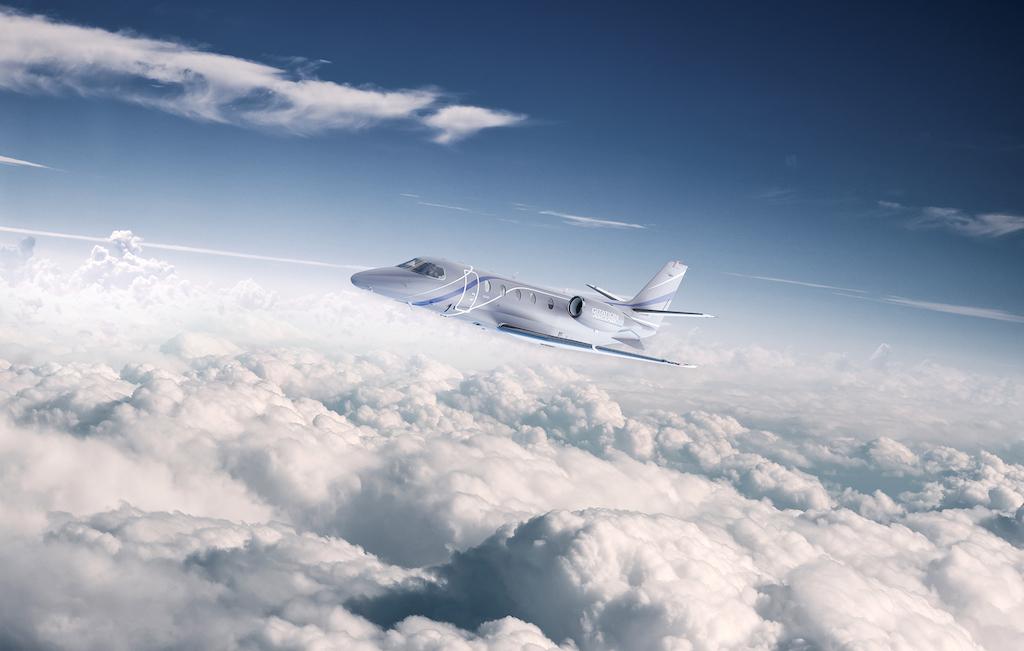
Fractional business jet departures are surging this year. WingX calculated that fractional business jet departures are 5.8% higher year-over-year to date, with Cessna Latitude and Embraer Phenom 300 flights each capturing 23% of the flights, followed by Bombardier Challenger 300/350s at 20%. Combined, those mid-size jets represent 66% of the flights so far this year, according to WingX numbers presented at the recent JetNet iQ Summit in September.
NetJets and Flexjet flown hours through August increased 2% and 9%, respectively, year-over-year, while Wheels Up (-13%) and Vista Global (-5%) flight hours decreased.
The WingX presentation points out a big differentiator about these four companies: aircraft utilization. Flexjet (75 hr.) logged the highest monthly average flown hours per aircraft in August, followed by Vista (70 hr.), NetJets (65 hr.) then Wheels Up (35 hr.).
While business aircraft utilization is lower than airline aircraft, the difference between Flexjet and Wheels Up is stark.
Will this change given Wheels Up’s new ownership?
Delta Air Lines recently stepped up its investment in Wheels Up. The airline already was the largest shareholder with 20%, but it infused $15 million in short-term financing on Aug. 8. A week later, Delta announced a deal to rescue the company with other investors—Certares Management, Knighthead Capital Management and Cox Enterprise—in exchange for a 95% stake. The deal closed on Sept. 20.
“The partnership will create new opportunities for Wheels Up to drive strategic, operational and financial improvements,” along with leveraging the airline’s “unmatched expertise in premium travel,” Delta CEO Ed Bastian said.
By leveraging Delta, I highly doubt Wheels Up’s flight utilization will still average 35 hr. per aircraft this time next year. And given that Delta has been involved with private aviation since 2010 when it launched Air Elite—the first airline that allowed customers to book commercial and private jets in one transaction—it is not new to this side of the business.
And bear in mind Delta invested $60 million, with the option to increase to $200 million, in Joby Aviation to seamlessly fly passengers short distances to airports in New York and Los Angeles, so it is indeed thinking about passenger experience in a broader way.
While Delta was closing the Wheels Up agreement Sept. 20, the same day NetJets announced its plan to purchase up to 1,500 additional Cessna Citation business jets over the next 15 years. This enormous deal includes Cessna Citation Ascends, Latitudes and Longitudes—and also makes NetJets the launch customer for the new Citation Ascend. The Ascend, which Textron Aviation announced in May, includes new features such as Garmin G5000 avionics, Pratt & Whitney Canada PW545D engines and a new cabin. Textron expects the Ascend to enter service in 2025.
While neither NetJets nor Textron included a value on this big contract, Jefferies estimates it could be worth $30 billion to Textron over 15 years.
The mid-size market just got hotter, but note that Flexjet also is in growth mode. It just opened a new $50 million headquarters and operations center in Cleveland—and a 15-stop tour of its Embraer Praetor 600 super midsize jet, which it just added to its U.S. fleet.





